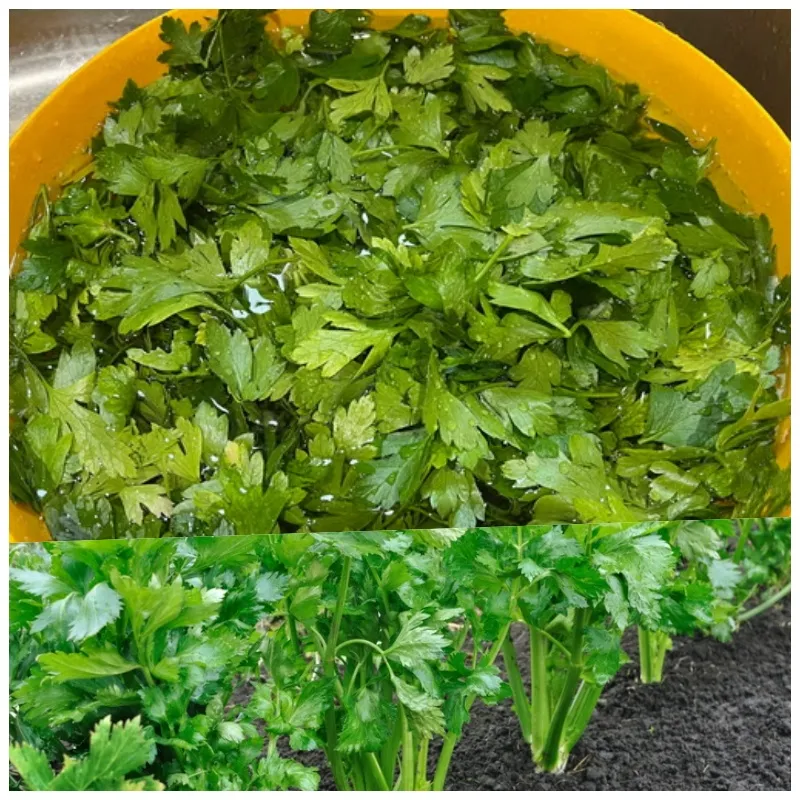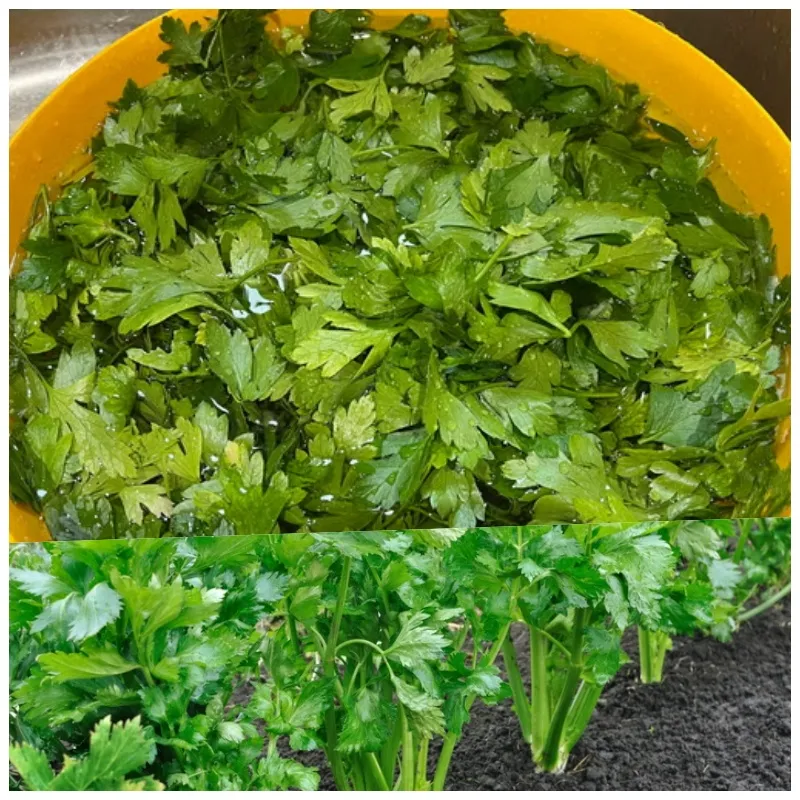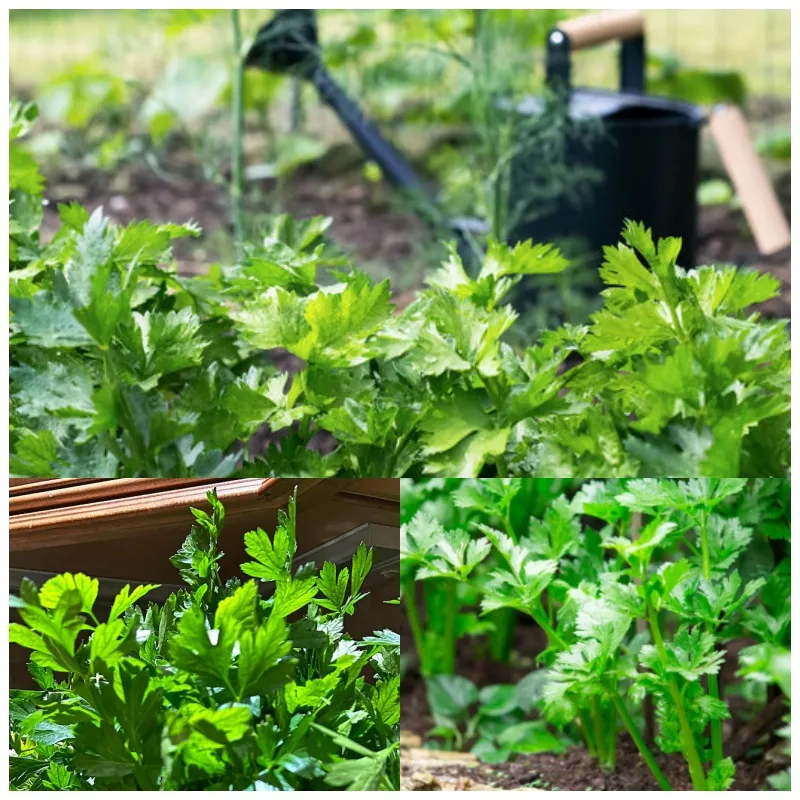
Simpler Methods to Preserve Your Garden Harvest Without Canning
As the growing season winds down, you might find yourself with an abundance of homegrown fruits and vegetables, more than you can eat before they start to spoil. Instead of letting your harvest go to waste, it’s time to consider ways to preserve it safely and effectively. While many people turn to canning, which involves cooking and processing jars to make food shelf-stable, there are much easier methods that don’t require special equipment or pose the risks associated with improper canning, like food-borne illnesses.
I prefer to stick to simpler techniques, such as freezing and drying herbs and produce. These methods are not only quicker but also ensure the safety of your food without the need for lengthy processes. I learned this the hard way after spending a sweltering day one September making tomato sauce with my family. Between washing, cutting, cooking, and canning the sauce, we spent hours outdoors, and by the end of the day, my family was ready to revolt. To make matters worse, I burned the entire batch by overheating the pot. It was a lesson learned, and ever since, I’ve envied those who have mastered the art of canning.

Easy Tomato Preservation
One of my favorite ways to preserve tomatoes is by blanching them. I start by boiling whole tomatoes for just a minute or two, then use a slotted spoon to remove them from the pot and let them cool. Once cooled, I peel off the skins and cut the tomatoes into wedges. After that, I pulse them in a food processor and cook the mixture for about 30 minutes, seasoning with salt to taste. Once the sauce cools, I transfer it to airtight freezer bags, Mason jars, or plastic containers, leaving some space for expansion.
If I know I’ll be using the sauce for pasta, I’ll add fresh basil and garlic to the container before freezing. Otherwise, I freeze the sauce plain and season it later depending on the dish.
Another incredibly simple method is to freeze tomatoes whole. After rinsing and drying the tomatoes, I place as many as I can into a gallon-sized freezer bag. Freezing them whole not only preserves their flavor but also makes them easy to use later. When needed, I grab a frozen tomato from the bag, peel off the skin, and add it directly to soups or stews, where it softens and breaks down as it defrosts.
Preserving Herbs the Easy Way
When it comes to herbs, I prefer freezing them as well. Herbs like basil, parsley, and cilantro can be frozen as whole leaves or chopped into oil infusions, which make for a quick and flavorful addition to recipes later on. I always harvest herbs in the morning when their essential oils are most concentrated.
To freeze herbs individually, I remove the leaves from the stems, rinse and pat them dry, and then lay them on clean towels to air dry. After a day or two, when they’re fully dry, I freeze the leaves on a cookie sheet overnight. Once frozen, I transfer them to a plastic bag, which allows me to take out individual leaves as needed.
For oil infusions, I chop the herb leaves into small pieces and place them in the compartments of a silicone freezer tray. I fill the rest of each compartment with oil, freeze them overnight, and then store the herb-oil cubes in a bag in the freezer. These infusions are great for adding to dishes that call for both herbs and oil.

Drying Herbs
Drying is another simple method, especially for herbs like thyme, sage, rosemary, and oregano. After rinsing and removing the leaves from the stems, I lay them out on towels to dry slowly. Once they’re crunchy, I store them in jars or sealable containers, just like store-bought dried herbs.
Effortless Refrigerator Pickles
For an even easier preservation method, try making no-work refrigerator pickles. Most refrigerator pickles require boiling a brine and pouring it over sliced cucumbers, but I skip that step entirely. Instead, I simply add cucumber slices to the leftover brine in an empty pickle jar. After 24 to 48 hours in the fridge, the cucumbers absorb the flavors, and they taste just as good as traditional pickles. You can reuse the pickle brine for two rounds of cucumbers before discarding it.
By using these simple methods, you can preserve your garden harvest with minimal effort and no specialized equipment. Whether you’re freezing, drying, or pickling, these techniques will help you extend the life of your produce and enjoy it long after the growing season has ended.






